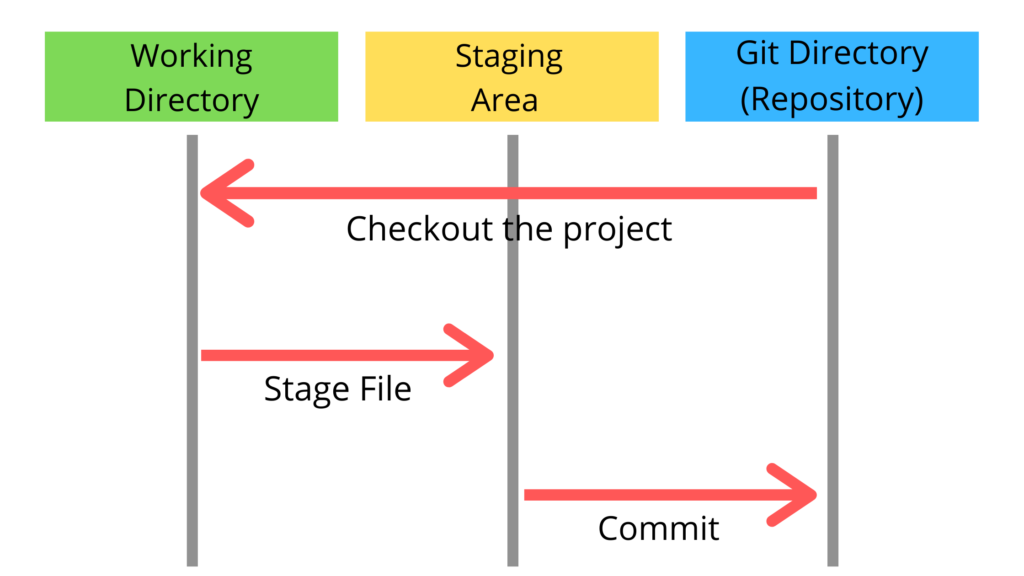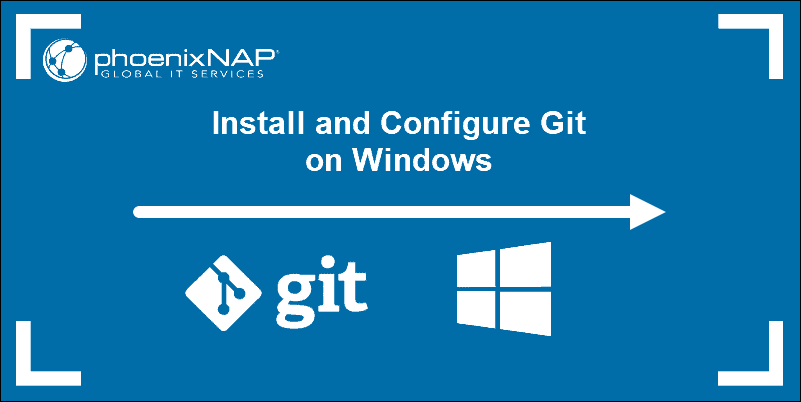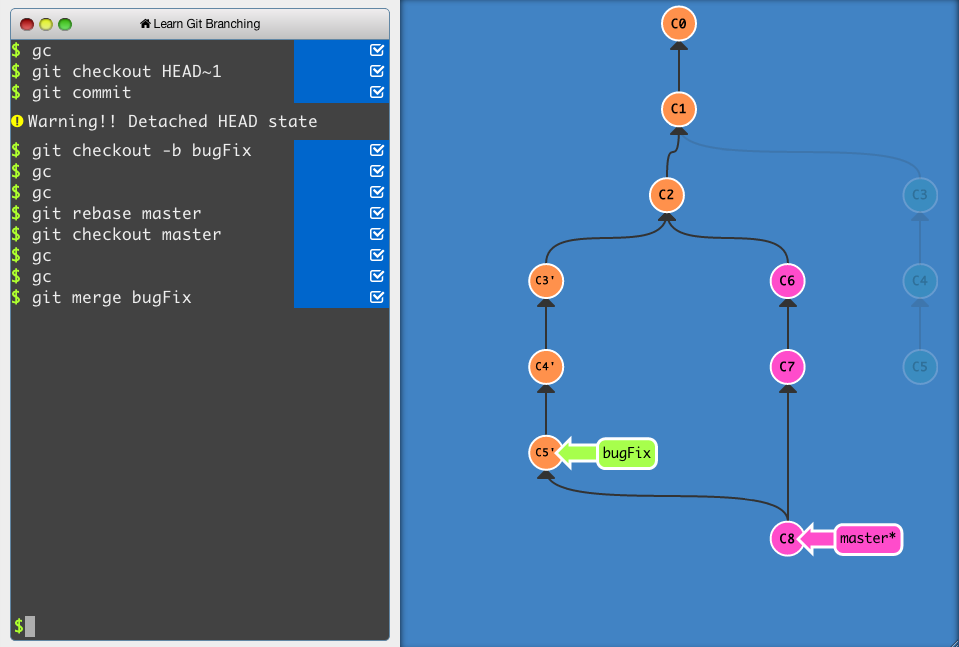What is git

Git is a distributed version control system that is commonly used for tracking changes in source code during software development. It allows multiple developers to work on the same project simultaneously and track changes made by each developer. Git is known for its speed, efficiency, and flexibility, and is widely used by software development teams around the world.
Why git?
Git is a popular version control system that offers many benefits for software development projects. Some reasons why developers choose to use Git include:
1. Distributed version control: Git allows developers to work on their own copies of a project and merge changes with others, making collaboration easier and more efficient.
2. Branching and merging: Git makes it easy to create branches for new features or bug fixes, and merge changes back into the main codebase without conflicts.
3. History tracking: Git tracks all changes made to a project, making it easy to see who made a change, when it was made, and why.
4. Backup and recovery: Git stores project data in multiple locations, making it easy to recover from accidental changes or data loss.
5.
How git Works?

Git is a distributed version control system that allows multiple developers to work on the same project simultaneously. Here is an overview of how Git works:
1. Initialization: To start using Git, you need to initialize a new repository in your project directory. This can be done by running the command `git init`.
2. Staging: Git uses a staging area to track changes before committing them to the repository. You can stage changes by using the `git add` command.
3. Committing: Once you have staged your changes, you can commit them to the repository using the `git commit` command. Each commit creates a snapshot of the project at that point in time.
4. Branching: Git allows you to create multiple branches to work on
git Architecture?

Git is a distributed version control system, meaning that each developer has a complete copy of the codebase on their local machine. This allows multiple developers to work on the codebase independently and merge their changes together later.
The main components of the Git architecture are:
1. Working directory: This is where developers make changes to the codebase. It is a directory on the developer’s local machine where the files are stored.
2. Staging area (index): This is where developers can stage changes before committing them to the repository. It allows developers to selectively choose which changes to include in a commit.
3. Local repository: This is where the complete history of the codebase is stored on the developer’s local machine. Each developer has their own local
How to install and configure git?

To install and configure Git, follow these steps:
1. Download Git: Visit the official Git website (https://git-scm.com/) and download the appropriate version of Git for your operating system.
2. Install Git: Run the installer and follow the on-screen instructions to complete the installation.
3. Configure Git: Open a terminal or command prompt and set up your Git username and email address using the following commands:
“`
git config –global user.name “Your Name”
git config –global user.email “youremail@example.com”
“`
4. Set up SSH keys (optional): If you plan to use Git over SSH, you will need to generate SSH keys and add them to your Git account. Follow the instructions provided by Git
Basic Tutorial of git

Git is a version control system that allows multiple developers to collaborate on a project. It helps track changes made to the codebase, revert to previous versions, and merge changes made by different team members. Here is a basic tutorial to get you started with Git:
1. Install Git: If you haven’t already, you can download and install Git from the official website (https://git-scm.com/).
2. Set up Git: Once Git is installed, you’ll need to set up your name and email address. This information will be used to identify you as the author of the code changes.
“`
git config –global user.name “Your Name”
git config –global user.email “youremail@example.com”
“`
3.